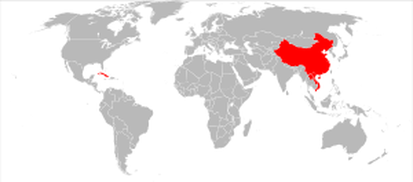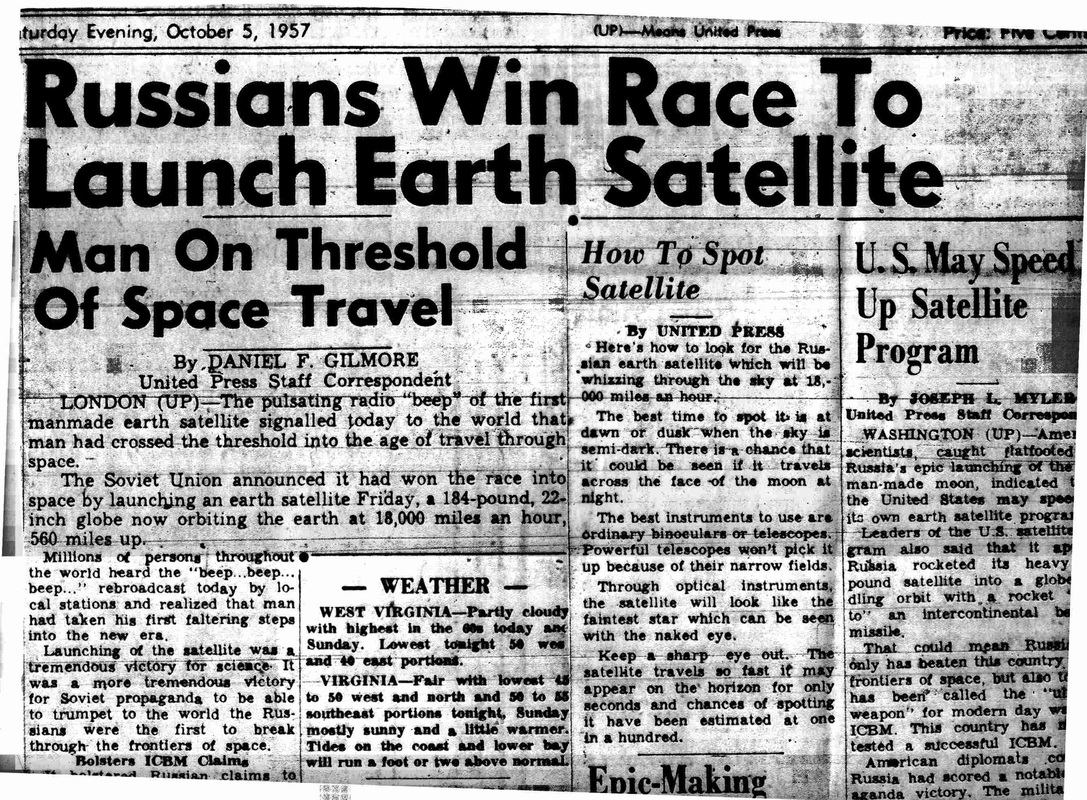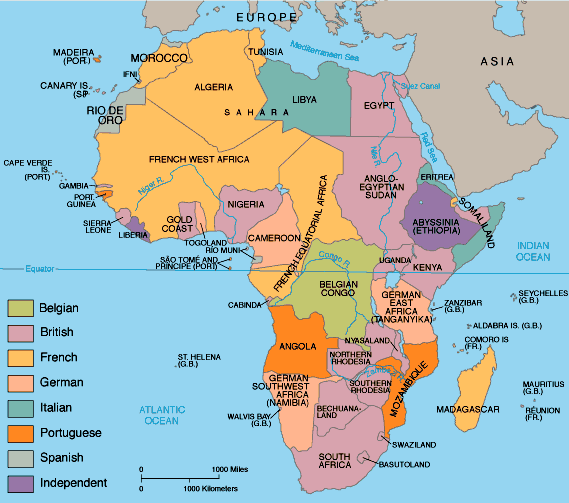AGMSPRITE
By Evan Dafoe
Rise and Fall of Communism
|
World communism, which began in Russia and spread to Eastern Europe, Cuba, and East and Southeast Asia, had profound effects on the world and can still be seen today. The core of the Communist Manifesto, written by Carl Marx, it a utopian society that has no social structure separating people from their peers; the complete obliteration of social classes, making everyone equal. This was what Vladimir Lenin attempted to implement with the birth of the Soviet Union in 1917. His structure was implemented in almost every single communist society. Firstly, religion was banned in communist nations. This not only had major effects the practicing of religion, but the art of the society as well. Without freedom of religious expression, there is little inspiration for in art or to create architecture. Without religion, one does not create the Sistine chapel, the Pyramids of Giza, or the Temple of Zeus and there is no art to be had. The primary source of art out of communist nations was propaganda posters.
The communist system holds that the economy is run by the government and that the people work to better the nation as a whole, instead of the individual. This means that the government has complete power over the economic system and regulates industry. The regulation of the economy shows that the government determines what is to be made by the companies, not the people’s actual demand, and this lowers economic growth because if people cannot purchase what they need, they will not buy a product which does not put money into the economy which hinders economic stimulation and causes depression. The government running the industry and factories also had lesser known consequences. In a capitalist state, political opponents of the government would be arrested or executed for speaking against the government. Since the government ran industry, there was no one to speak against over pollution from factory so the environment was subject to unregulated pollution. In the case space exploration and military technology, the communist regimes had profound intellectual advancements. In Russia, they led the rest of the world in what was known as the Space Race with the United States, until the Apollo 11 mission to the moon was a success for the U.S. In the field of weapons technology, the Soviet Union had manufactured thousands of nuclear war heads, making them one of the top military states in the world. But outside these two fields of innovation, the Soviet Union showed little technological and economic innovation. This can be attributed to the fact that there was no social classes in communist society and that all innovation went to the benefit of the state and the people, opposed to the individual in capitalist societies. This leads that there was no drive to innovate by the people because they would see little to no benefit from the idea. |
End of Direct Imperialism
Prior to World War I, the nations of Europe were annexing colonies in Africa and Asia. This imperialism was led to alliances between nations (like France, Britain, and Serbia) and after the assassination of Archduke Franz Ferdinand by a Serbian nationalist, these alliances were implemented into what became the First World War. After the war, Germany received the blame for instigating the war and received the full punishment. The resulting punishments placed on Germany caused their economy to plummet and, due to the integrated economies of the modern world, the rest of the world’s economy fell into what was called the Great Depression. The resulting economic down turn caused these nations to begin to loosen their hold on their colonies, but it wasn’t until the end of World War II, when the United States and the Soviet Union were the undisputed global super powers did direct imperialism end.
The end of direct imperialism had a drastic impact around the world. With the lessening control of the European Imperialists, the remaining political parties, one usually communist and another usually capitalist, would try to take control of the government. This scenario can been seen in Vietnam and Korea as well as other nations. This attempt for political control would prompt the interest of the Soviets and the U.S.’s and both would provide troops, training, financial aid, and other support to their preferred political party so they can take control of the government. The resulting conflict would also determine whether or not there would be a social structure (capitalist) or not (communist). The new abundance of African and Asian countries also had great impact on the world economy. The new countries added to a growing list of trading partners with developed nations which aided both economies involved with the transaction. |
Bibliography
"Army of the Republic of Vietnam." Wikipedia. Wikimedia Foundation, 20 Apr. 2013. Web. 03 May 2013.
"History of Vietnam." Wikipedia. Wikimedia Foundation, 30 Apr. 2013. Web. 03 May 2013.
"Vietnam War (1954-75) : The United States Enters the War." Encyclopedia Britannica Online. Encyclopedia Britannica, n.d. Web. 03 May 2013.
"Vietnam - History." Windows on Asia. N.p., n.d. Web. 03 May 2013.
"Telegram from Dillon to Dulles on Conversations with the French about Dien Bien Phu, 5 April 1954." Telegram from Dillon to Dulles on Conversations with the French about Dien Bien Phu, 5 April 1954. N.p., n.d. Web. 03 May 2013.
"Cambodia Corps, Inc." Cambodia Corps, Inc. N.p., n.d. Web. 03 May 2013.
"#2: The Vietnam War (Top 10 Mistakes by U.S. Presidents)." Encyclopedia Britannica Online. Encyclopedia Britannica, n.d. Web. 03 May 2013.
"World War II: After the War." The Atlantic. N.p., n.d. Web. 03 May 2013.
Answers.com. Answers, n.d. Web. 03 May 2013.
"Google." Google. N.p., n.d. Web. 03 May 2013.
"Compare and Contrast the Russian and Chinese Revolutions" StudyMode.com. 05 2012. 05 2012 <http://www.studymode.com/essays/Compare-And-Contrast-The-Russian-And-1010101.html>."How Were the Russian and Chinese Revolutions Similar and Different?" WikiAnswers. Answers, n.d. Web. 05 May 2013. <http://wiki.answers.com/Q/How_were_the_Russian_and_Chinese_revolutions_similar_and_different>.
"Russian Revolution Timeline." About.com 20th Century History. N.p., n.d. Web. 05 May 2013. <http://history1900s.about.com/od/Russian-Revolution/a/Russian-Revolution-Timeline.htm>.
Princeton, Review. Princeton Review Cracking the Ap World History Exam, 2013. [S.l.]: Random House, 2013. Print.
"History of Vietnam." Wikipedia. Wikimedia Foundation, 30 Apr. 2013. Web. 03 May 2013.
"Vietnam War (1954-75) : The United States Enters the War." Encyclopedia Britannica Online. Encyclopedia Britannica, n.d. Web. 03 May 2013.
"Vietnam - History." Windows on Asia. N.p., n.d. Web. 03 May 2013.
"Telegram from Dillon to Dulles on Conversations with the French about Dien Bien Phu, 5 April 1954." Telegram from Dillon to Dulles on Conversations with the French about Dien Bien Phu, 5 April 1954. N.p., n.d. Web. 03 May 2013.
"Cambodia Corps, Inc." Cambodia Corps, Inc. N.p., n.d. Web. 03 May 2013.
"#2: The Vietnam War (Top 10 Mistakes by U.S. Presidents)." Encyclopedia Britannica Online. Encyclopedia Britannica, n.d. Web. 03 May 2013.
"World War II: After the War." The Atlantic. N.p., n.d. Web. 03 May 2013.
Answers.com. Answers, n.d. Web. 03 May 2013.
"Google." Google. N.p., n.d. Web. 03 May 2013.
"Compare and Contrast the Russian and Chinese Revolutions" StudyMode.com. 05 2012. 05 2012 <http://www.studymode.com/essays/Compare-And-Contrast-The-Russian-And-1010101.html>."How Were the Russian and Chinese Revolutions Similar and Different?" WikiAnswers. Answers, n.d. Web. 05 May 2013. <http://wiki.answers.com/Q/How_were_the_Russian_and_Chinese_revolutions_similar_and_different>.
"Russian Revolution Timeline." About.com 20th Century History. N.p., n.d. Web. 05 May 2013. <http://history1900s.about.com/od/Russian-Revolution/a/Russian-Revolution-Timeline.htm>.
Princeton, Review. Princeton Review Cracking the Ap World History Exam, 2013. [S.l.]: Random House, 2013. Print.




